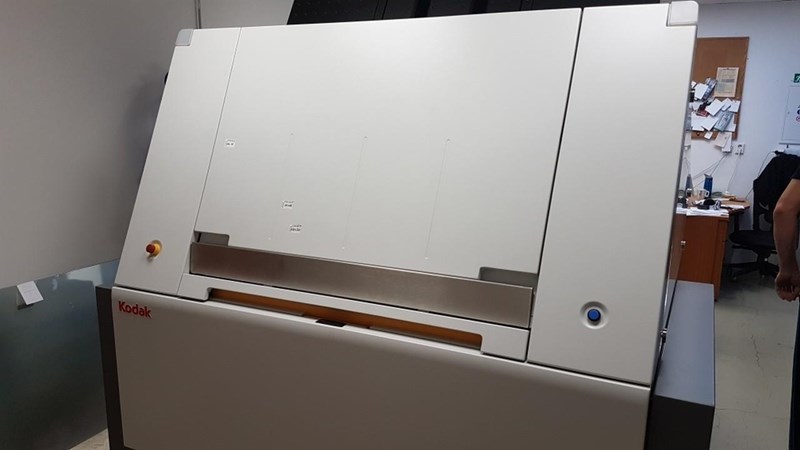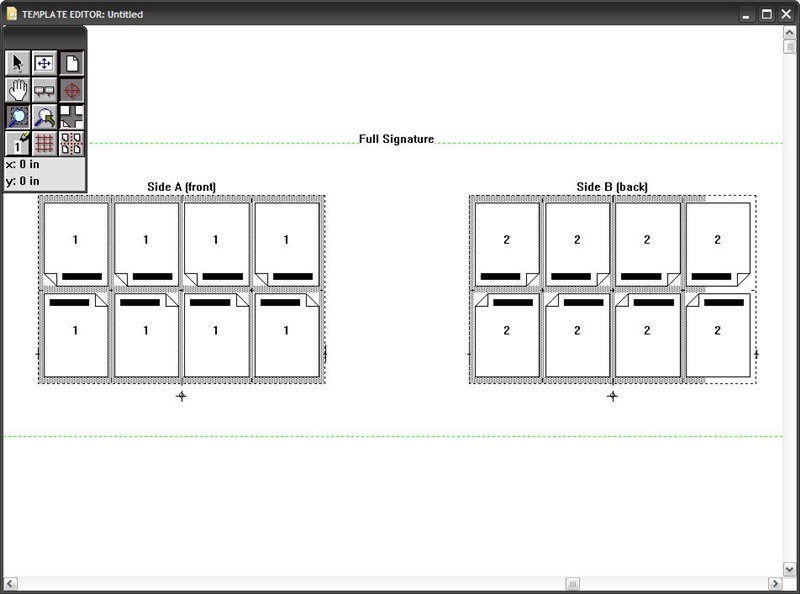




Then it is color-managed, meaning that the necessary color management and ICC profiles are attached to images and text. The pages for a job are first processed (normalized) with sanity checks to ensure it will not cause the RIP to fail at later stages. The Prinergy system was designed from the ground up to automatically perform all functions on the data that are necessary to take a digital file through a series of workflow steps to produce a master plate, any one of offset, gravure, or flexo. was released in 2009, Prinergy 5.1 was released in 2011, Prinergy 5.3 was released in 2012, Prinergy 6.0 was demonstrated at Drupa 2012 and released in 2013, Version 7.0 was released at 2015, Version 7.5 was released in 2016, Version 8.3 in Q4 2018 and Versions 8.4.0 in Q4 2019. Prinergy 3.1 released in 2006, Prinergy 4. Prinergy 1.0 was introduced at Seybold in 1999. The software groups aligned to bring their previous workflow products together under a common development, and included components including color management and trapping derived from the DaVinci product line. In 1997 Creo and Heidelberg formed a joint venture to cooperate in the sales of computer to plate (CTP) systems. The name was created by namebase, based on a fusion of "Print" and "Energy." The Prinergy product name was chosen a few months before the product was launched. Prinergy was code-named Araxi (a restaurant in Whistler, British Columbia) when it was conceived of in 1995, on a train trip returning from Düsseldorf after Drupa 1995. Because computer to plate technology allowed printers to image large numbers of plates at great speed, there arose a corresponding need to engineer a workflow that could process large amounts of data to feed the platemakers and ultimately the offset presses. Creo was the leading manufacturer of computer-to-plate technology in the 1990s, using thermal laser technology to capture a significant market share of the offset prepress industry.


 0 kommentar(er)
0 kommentar(er)
